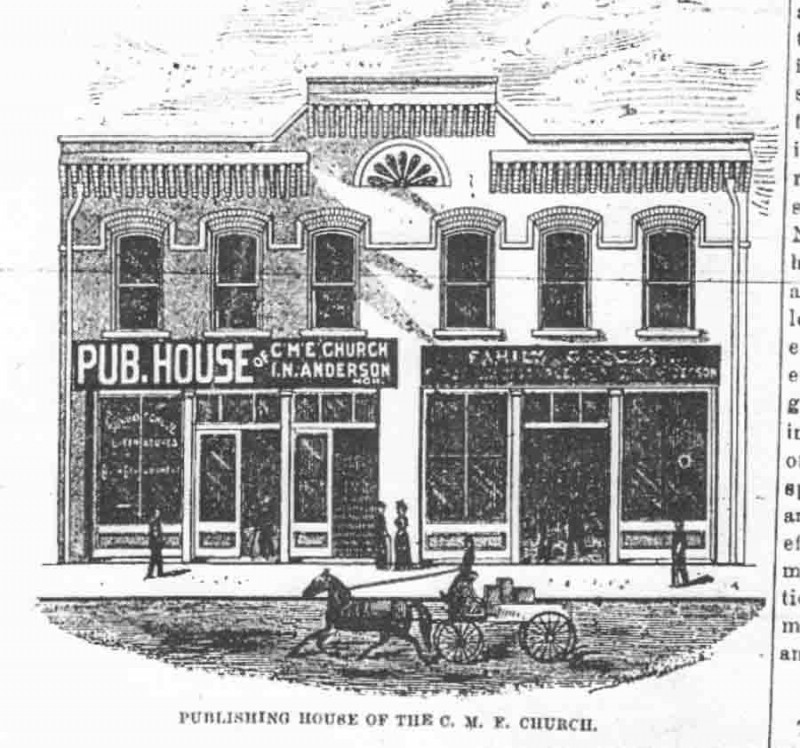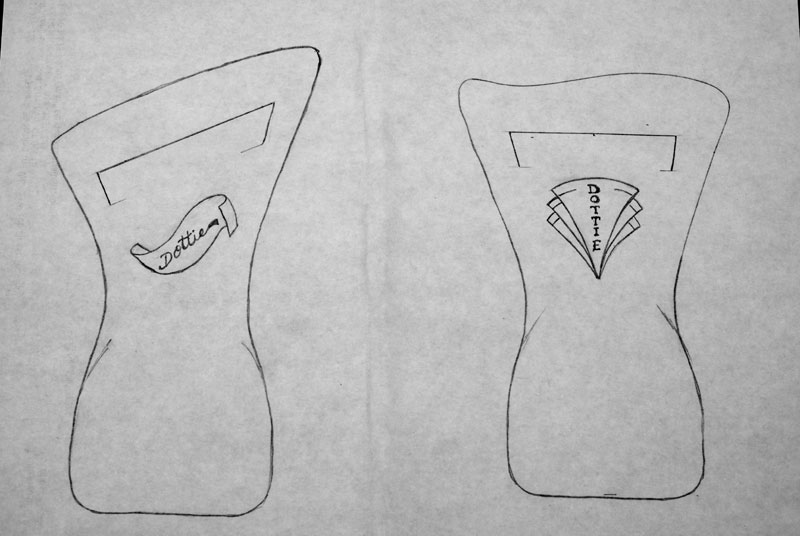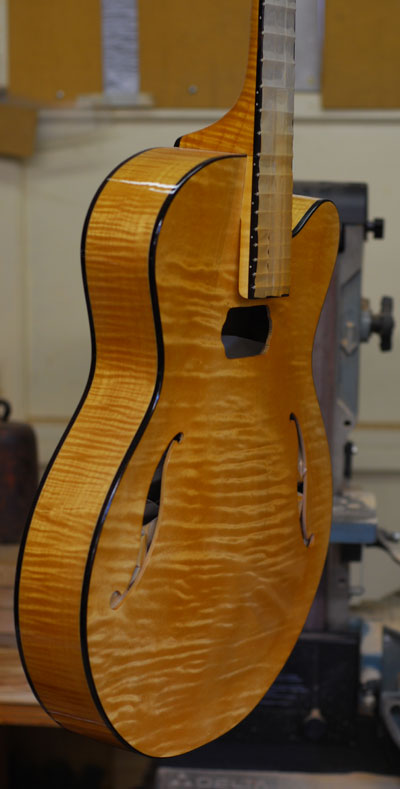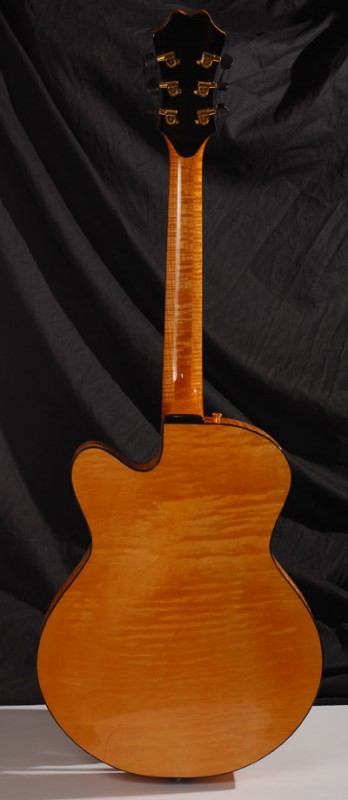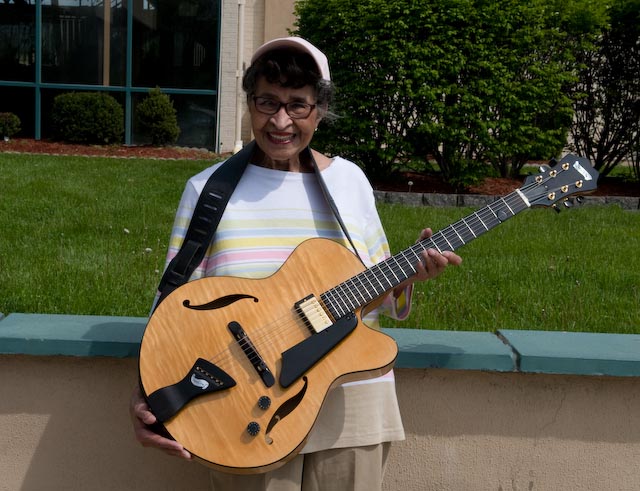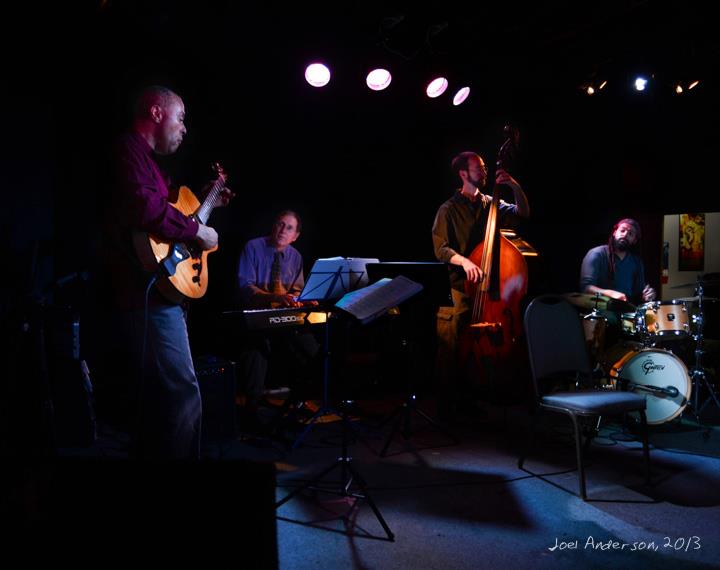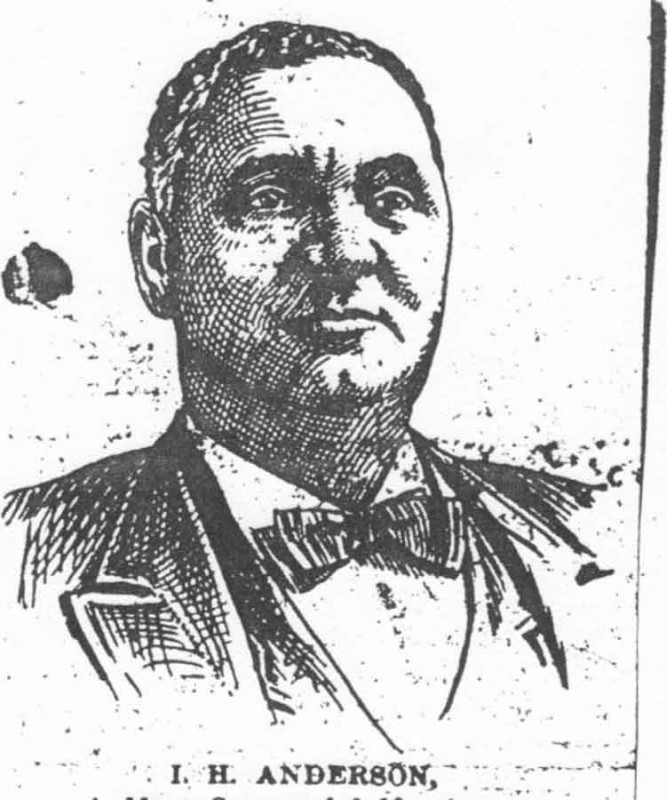 My paternal great-grandfather. Reconstruction era legislator; minster and one of the founders of the C.M.E. Church (then “Colored” Methodist Episcopal, but now “Christian” Methodist Episcopal).
My paternal great-grandfather. Reconstruction era legislator; minster and one of the founders of the C.M.E. Church (then “Colored” Methodist Episcopal, but now “Christian” Methodist Episcopal).
There is no way to do a very short summary that is in any way fair because there is so much information on him. Below is a compilation of stories I remember from my father, published material on the history of the CME church, and materials researched by my cousin. This is not intended to be a scholarly summary, and no citations are provided. However, a few links appear at the bottom for background reading if interested.
***
Isaac was born and lived as a slave until slavery was abolished. He was owned by his father, William Jackson Anderson, who we believe employed him as a clerk in his cotton business and who, upon his death, left Isaac a substantial sum of money. Isaac was a highly successful entrepreneur, but it is his roles as minister and community leader that show his exceptional character and importance. He was instrumental in the founding of the CME church, establishing a school for black children, and later Lane College.
Isaac was one of the initial group of black ministers who joined together to establish a new church at the end of the Civil War – The “Colored Methodist Episcopal” Church (C.M.E.). Slaves had no rights, of course, and though they attended colored chapels, it was the church of their owners that set the rules, including who could be a preacher, etc. After the civil war, the desire of freed slaves to have their own churches was inevitable, and many seceded from the white churches and formed their own. The CME church history was a little different.
Rather than rebelling and seceding, the future founders of the CME church sought leave of the white Methodist Episcopal Church – South to establish a colored organization, a request that was granted in 1866. Ironically, John Wesley, a founder of Methodism in Britain and later in the U.S. in the late 1700s, was opposed to slavery and his followers were active in the abolitionist movement. The U.S. Methodist Episcopal Church, South was a –wait for it–slave holding church (the Methodist Episcopal Church split over the issue of slavery in the 1840s). Freed slaves, then, were members of the church of their former owners. Of course, they had “colored” churches to attend; but the organization, rules, selection of officials, etc., was all determined by the governing hierarchy.
After getting permission to organize a church, it was in December of 1870 that Isaac Anderson and a group of about 40 other black ministers (former slaves) assembled at the General Conference in Jackson, Tennessee to formally establish the CME church. The report on the formal organization of the church was delivered on the third day of the conference by the chairman of the Committee on Church Organization, Isaac Harold Anderson. Among other things, Anderson also moved that a publishing house for the organization be established (it published the Christian Index), for which Anderson would be elected to mange and serve as editor some years later.
This is a rendition of what became known as “The Anderson Building” – a large structure Isaac built (twice, actually, as one was destroyed by fire) and through which he ran a number of very successful businesses, most notably the publishing house of the CME Church. It was demolished not long ago.
With the exception of the Conference in 1874, Isaac Harold Anderson served as a significant delegate to every conference until his death. Just prior to the last conference he attended in 1906, he published this message in the Christian Index, the tone and sentiment of which probably demonstrates the outlook and approach of these pioneers throughout these years:
“Let us go to the General Conference prepared to act as men and legislate for the building up of our Church. I do not know what the bishops message will be; but we should give it due consideration, think for ourselves, and legislate for the general interests of the Church. Let unity reign supreme among us so that the Lord may be pleased with our actions and prosper our work.”
Isaac was not only prominent in the church, but as a general community leader he helped finance many operations of the church and provided financial assistance to black entrepreneurs. He was also influential in helping freed slaves move from state to state. The education of freed slaves was a high priority for the CME church, and Isaac was instrumental in setting up Lane College and served as its Vice President next to Isaac Lane for whom it is named. Isaac Lane was the leading minster in the 1870 group of black minsters who established the CME Church.
Isaac became one of the most wealthy and influential blacks in Tennessee, running a number of businesses that provided jobs for blacks and especially for graduates of Lane College. Isaac was a reconstruction era legislator in 1870 having been elected to the state senate in Georgia. He was later a delegate to the 1872 Republican national convention.
Isaac had six children with his second wife Louise Byrd Allen. My grandfather, John Ernest Anderson, attended Lane College before transferring to Harvard where he finished a degree in mathematics.
Some links of interest:
The Autobiography of Bishop Isaac Lane, LLD
The History of the Colored Methodist Episcopal Church in America (C.H. Phillips)
The National Cyclopedia of the Colored Race
From Slavery to Agrarian Capitalism in the Cotton Plantation South

